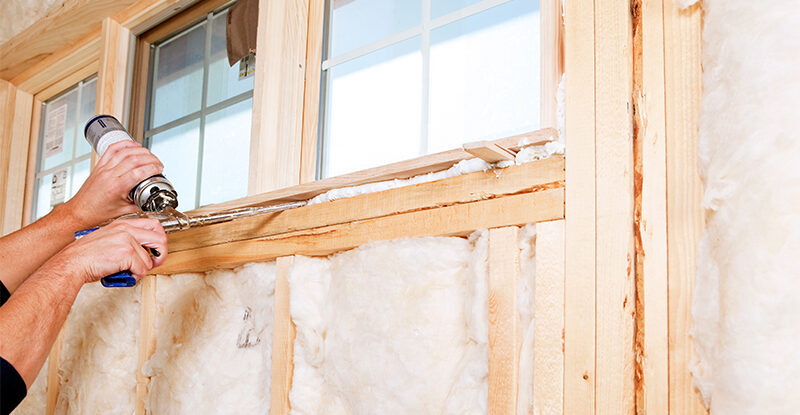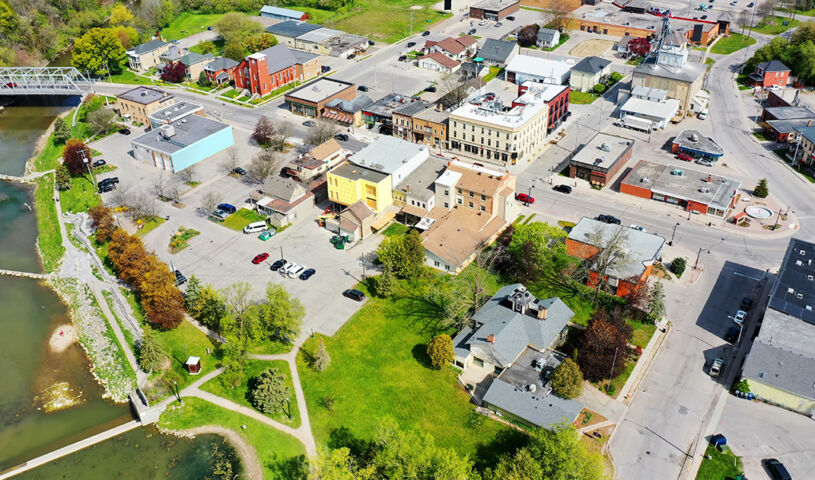Making home-energy efficiency more affordable

Sponsored by Federation of Canadian Municipalities
Canadian homeowners want to make their homes more energy efficient. Their reasons include saving money, reducing emissions, improving their comfort, and adding value to their homes.
Rebates for home-energy upgrades such as adding insulation, replacing windows, and installing solar panels and heat pumps are available. But the upfront costs of making these improvements can put them out of reach for many homeowners.
Reducing home-energy use is a huge opportunity for municipalities to lower greenhouse gas emissions.
The best way for municipalities to support and encourage residents to make the necessary updates to their homes is not always clear. This is where the Green Municipal Fund’s Community Efficiency Financing (CEF) initiative can help.
CEF is a groundbreaking $300 million initiative delivered through the Federation of Canadian Municipalities’ (FCM’s) Green Municipal Fund (GMF) and the Government of Canada. The program provides funding, resources, and support to help municipalities reshape the way they approach residential energy upgrades.
Thirty per cent of each retrofit project’s financing can go toward other measures, such as health and safety, resiliency, and water efficiency. By introducing innovative financing models, municipalities can improve housing affordability. Energy efficiency can be more accessible to homeowners by reducing the financial barriers that limit uptake of home-energy retrofits.
CEF-funded programs also spur economic growth, create local job opportunities, and lower financial risk.
Transforming Municipal Approach to Energy Financing
CEF funding helps municipalities deliver energy financing programs such as:
- property assessed clean energy (PACE),
- local improvement charge (LIC),
- utility on-bill financing (OBF), and
- direct or third-party lending.
PACE and LIC enable residents to borrow the cost of home-energy upgrades. They then repay the municipality through a special charge on their property tax bill.
OBF adds a charge to the homeowner’s monthly utility bill to pay for energy retrofits while they save on utility costs.
Direct or third-party lending from a financial institution enables residents to access preferred terms or rates for unsecured loans.
PACE Program Saves Residents Money
Three municipalities in P.E.I. and Nova Scotia wanted to empower homeowners to lower emissions and save money. With the support of CEF funding, they created a regional PACE program.
Offered through SwitchPACE, the program provides homeowners interest-free loans for up to 20 years for retrofits designed to improve energy efficiency and generate ongoing cost savings. Examples include installing solar panels, heat pumps, or electric vehicle chargers.
Homeowner uptake has been strong, and SwitchPACE has become the fastest-growing PACE program in Canada. It generated 1,062 tonnes of annual CO2e reductions and $565,000 in annual energy cost savings in its first year alone.
To learn how to make residential energy upgrades more affordable in your community, visit greenmunicipalfund.ca/community-efficiency-financing. MW
✯ Municipal World Executive and Essentials Plus Members: You might also be interested in Brett Cass’s article: A net-zero future requires efficient housing.
Kathleen Heymans leads Sustainable Finance at Green Municipal Fund and heads the Community Efficiency Financing Initiative.
Related resource materials:



